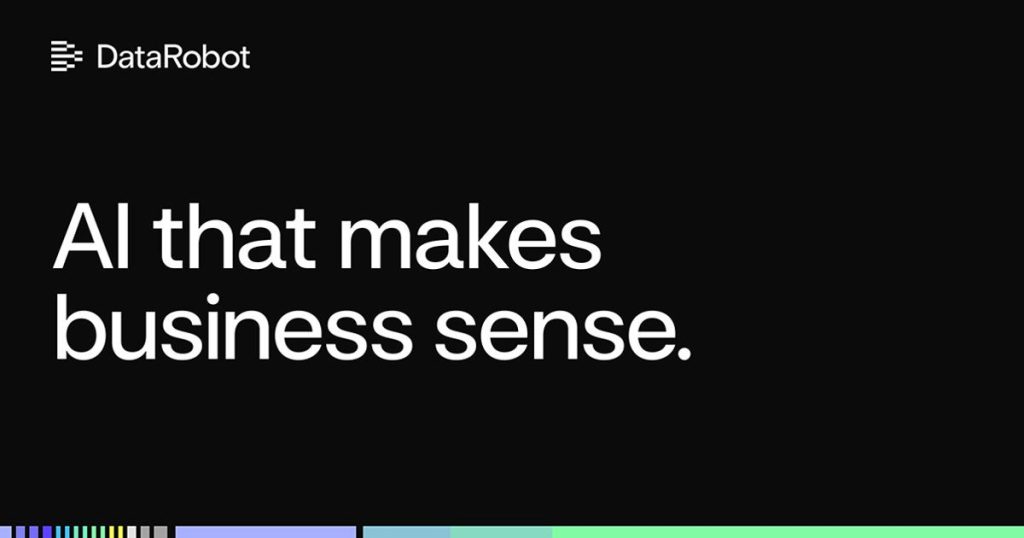Agentic AI is fast becoming the centerpiece of enterprise innovation. These systems — capable of reasoning, planning, and acting independently — promise breakthroughs in automation and adaptability, unlocking new business value and freeing human capacity.
But between the potential and production lies a hard truth: cost.
Agentic systems are expensive to build, scale, and run. That’s due both to their complexity and to a path riddled with hidden traps.
Even simple single-agent use cases bring skyrocketing API usage, infrastructure sprawl, orchestration overhead, and latency challenges.
With multi-agent architectures on the horizon, where agents reason, coordinate, and chain actions, those costs won’t just rise; they’ll multiply, exponentially.
Solving for these costs isn’t optional. It’s foundational to scaling agentic AI responsibly and sustainably.
Why agentic AI is inherently cost-intensive
Agentic AI costs aren’t concentrated in one place. They’re distributed across every component in the system.
Take a simple retrieval-augmented generation (RAG) use case. The choice of LLM, embedding model, chunking strategy, and retrieval method can dramatically impact cost, usability, and performance.
Add another agent to the flow, and the complexity compounds.
Inside the agent, every decision — routing, tool selection, context generation — can trigger multiple LLM calls. Maintaining memory between steps requires fast, stateful execution, often demanding premium infrastructure in the right place at the right time.
Agentic AI doesn’t just run compute. It orchestrates it across a constantly shifting landscape. Without intentional design, costs can spiral out of control. Fast.
Where hidden costs derail agentic AI
Even successful prototypes often fall apart in production. The system may work, but brittle infrastructure and ballooning costs make it impossible to scale.
Three hidden cost traps quietly undermine early wins:
1. Manual iteration without cost awareness
One common challenge emerges in the development phase.
Building even a basic agentic flow means navigating a vast search space: selecting the right LLM, embedding model, memory setup, and token strategy.
Every choice impacts accuracy, latency, and cost. Some LLMs have cost profiles that vary by 10x. Poor token handling can quietly double operating costs.
Without intelligent optimization, teams burn through resources — guessing, swapping, and tuning blindly. Because agents behave non-deterministically, small changes can trigger unpredictable results, even with the same inputs.
With a search space larger than the number of atoms in the universe, manual iteration becomes a fast track to ballooning GPU bills before an agent even reaches production.
2. Overprovisioned infrastructure and poor orchestration
Once in production, the challenge shifts: how do you dynamically match each task to the right infrastructure?
Some workloads demand top-tier GPUs and instant access. Others can run efficiently on older-generation hardware or spot instances — at a fraction of the cost. GPU pricing varies dramatically, and overlooking that variance can lead to wasted spend.
Agentic workflows rarely stay in one environment. They often orchestrate across distributed enterprise applications and services, interacting with multiple users, tools, and data sources.
Manual provisioning across this complexity isn’t scalable.
As environments and needs evolve, teams risk over-provisioning, missing cheaper alternatives, and quietly draining budgets.
3. Rigid architectures and ongoing overhead
As agentic systems mature, change is inevitable: new regulations, better LLMs, shifting application priorities.
Without an abstraction layer like an AI gateway, every update — whether swapping LLMs, adjusting guardrails, changing policies — becomes a brittle, expensive undertaking.
Organizations must track token consumption across workflows, monitor evolving risks, and continuously optimize their stack. Without a flexible gateway to control, observe, and version interactions, operational costs snowball as innovation moves faster.
How to build a cost-intelligent foundation for agentic AI
Avoiding ballooning costs isn’t about patching inefficiencies after deployment. It’s about embedding cost-awareness at every stage of the agentic AI lifecycle — development, deployment, and maintenance.
Here’s how to do it:
Optimize as you develop
Cost-aware agentic AI starts with systematic optimization, not guesswork.
An intelligent evaluation engine can rapidly test different tools, memory, and token handling strategies to find the best balance of cost, accuracy, and latency.
Instead of spending weeks manually tuning agent behavior, teams can identify optimized flows — often up to 10x cheaper — in days.
This creates a scalable, repeatable path to smarter agent design.
Right-size and dynamically orchestrate workloads
On the deployment side, infrastructure-aware orchestration is critical.
Smart orchestration dynamically routes agentic workloads based on task needs, data proximity, and GPU availability across cloud, on-prem, and edge. It automatically scales resources up or down, eliminating compute waste and the need for manual DevOps.
This frees teams to focus on building and scaling agentic AI applications without wrestling with provisioning complexity.
Maintain flexibility with AI gateways
A modern AI gateway provides the connective tissue layer agentic systems need to remain adaptable.
It simplifies tool swapping, policy enforcement, usage tracking, and security upgrades — without requiring teams to re-architect the entire system.
As technologies evolve, regulations tighten, or vendor ecosystems shift, this flexibility ensures governance, compliance, and performance stay intact.
Winning with agentic AI starts with cost-aware design
In agentic AI, technical failure is loud — but cost failure is quiet, and just as dangerous.
Hidden inefficiencies in development, deployment, and maintenance can silently drive costs up long before teams realize it.
The answer isn’t slowing down. It’s building smarter from the start.
Automated optimization, infrastructure-aware orchestration, and flexible abstraction layers are the foundation for scaling agentic AI without draining your budget.
Lay that groundwork early, and rather than being a constraint, cost becomes a catalyst for sustainable, scalable innovation.
Explore how to build cost-aware agentic systems.

